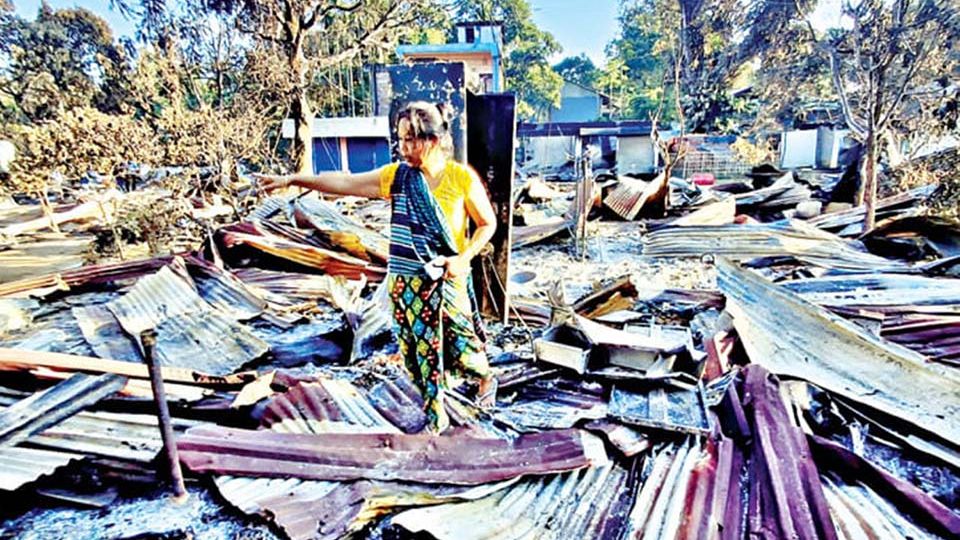September 30, 2025
DHAKA – The killings of three people in Guimara, Khagrachhari have again exposed the government’s inability to manage protests and protect the most vulnerable of citizens. The violence, which occurred during a demonstration against the rape of a schoolgirl, also adds a grim layer to the region’s protracted crisis. The cycle of unrest and violence cannot be addressed by security deployments alone; it demands a transparent and comprehensive investigation to hold all responsible parties to account. Like the rights groups who have since spoken up, we too share the outrage at the Guimara killings. How can a protest against sexual violence descend into a scene of bloodshed?
The sequence of events reported by various sources is as distressing as it is contested. Reportedly, tensions had been simmering since the rape of the eighth-grade student on September 23. Despite the arrest of one suspect, the Indigenous student platform Jumma Chhatra Janata continued its road blockade, defying Section 144. The situation escalated when security forces attempted to disperse the protesters. An altercation ensued, and heavy gunfire rang out. In the hours that followed, a violent rampage tore through Ramesu Bazar. A mob, many of them masked, looted and set fire to shops, houses, and vehicles, with witnesses confirming that the properties targeted belonged primarily to the Indigenous Marma community. Security forces failed to stop this rampage, which is a shame.
These events have given rise to two divergent narratives. Witnesses claim that security forces opened fire on their demonstration without provocation. Conversely, a statement from the military’s Inter-Services Public Relations (ISPR) wing accuses the separatist United People’s Democratic Front (UPDF) of inciting violence, with its armed members firing an estimated 100-150 rounds from a nearby hill. The ISPR claims that “outsiders” linked to this group were responsible for the subsequent arson. Such starkly conflicting accounts only deepen the murk of the incident.
The flare-up is not an isolated incident;rather,a symptom of the long-festering wounds in the Chittagong Hill Tracts, where the promises of the 1997 Peace Accord have yet to be fully realised. Decades of violence, ambiguity over land rights, persistent military presence, and systemic marginalisation have created a tinderbox of unresolved grievances. The repeated instances of violence against Indigenous women—rights activists claim seven women in Khagrachhari have been raped in the past year alone—and the perception of impunity that follows serve as a constant, painful reminder to the community of its precarious position.
The onus is now on the government to break this pattern. It must move swiftly to open a high-level, independent inquiry. Its mandate must be broad and unsparing: to investigate the circumstances of the shootings, the identity of the masked arsonists in Ramesu Bazar, the handling of the rape case, and the military’s claims about being attacked by armed groups. Moreover, the government must act decisively to end the tensions. Lasting peace in the hills can only be built on a foundation of justice, and the first step is to establish a credible and undisputed account of how and why three people lost their lives on Sunday and the deaths that came before.


